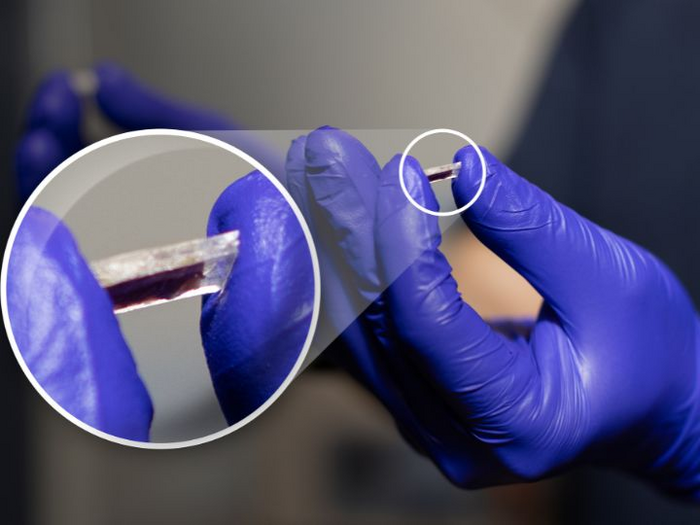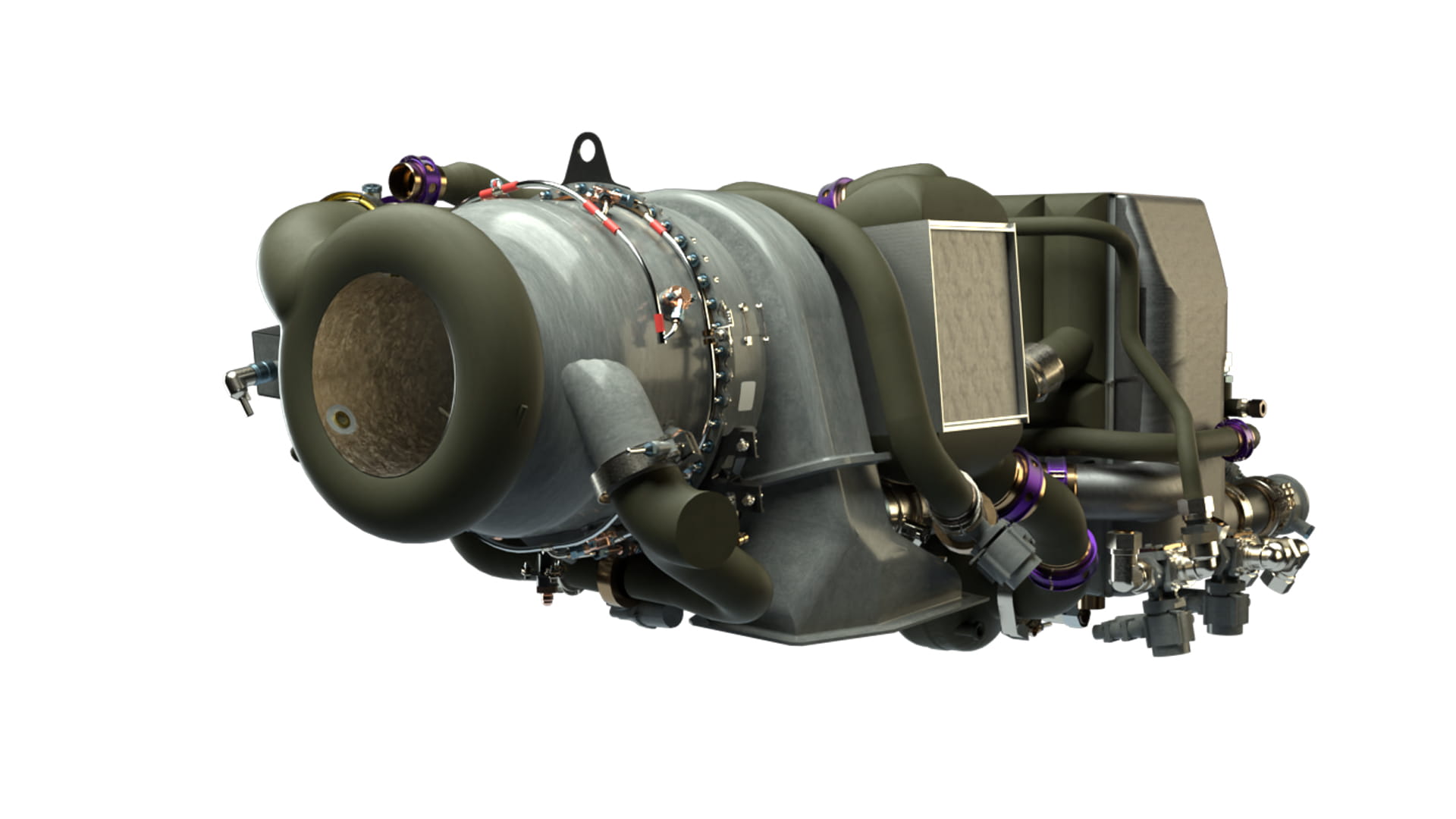Scientists have developed an innovative sensor with the ability to function reliably in temperatures as high as 900°C or 1,650°F.
Sensors play a crucial role in monitoring and measuring various parameters in industries such as aerospace, energy, transportation, and defense. This ground-breaking invention addresses the critical need for sensors in industries that operate under extreme conditions.
The primary objective is to ensure the safety and integrity of both people and machinery operating in extreme conditions.
To illustrate, in the petrochemical sector, it is essential to monitor high-pressure pipelines that endure a wide range of climates, from blistering desert heat to near-arctic cold temperatures. Similarly, nuclear reactors often operate within the temperature range of 300 to 1000 degrees Celsius, while deep geothermal wells can reach temperatures as high as 600 degrees Celsius.
Now, researchers from the University of Houston have developed a sensor capable of operating in temperatures as high as 900°C (1,650 °F). This temperature is equivalent to the hottest type of lava found on Earth during volcanic eruptions.
“Highly sensitive, reliable, and durable sensors that can tolerate such extreme environments are necessary for the efficiency, maintenance, and integrity of these applications,” said Jae-Hyun Ryou, corresponding author of a study.
The work was published in Advanced Functional Materials.







